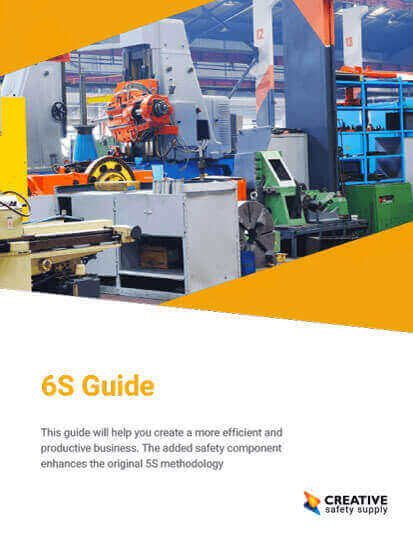
6S is one of the most popular and most effective workplace improvement strategies used today. By using the six strategies listed in this methodology, you will be able to better find and eliminate waste throughout your facility. Of course, just knowing about different steps you can take to get rid of waste is not going to solve a problem on its own. Instead, you need to have the right tools available to help you achieve the results you need.
The first type of tools for 6S are those that are used to identify the waste itself. This can include things like information gathering tools, comparison charts, and much more. You will want to have the tools needed for each step in the 6S process. For example, if you are looking to organize your facility under the “sort” step of 6S, you need to have a list of where things are to start with. You would also need to know what type of storage space you have that can be used to keep things better organized.
Another type of 6S tools would be things that can make it easier to either eliminate waste, or sustain improvements. If you run a mechanic’s shop, for example, you may want to use peg boards or foam cutouts to make sure that every tool in the shop has a specific place where it is stored when not in use. The specific 6S tools that would be helpful will depend on the type of facility that is being used. In some cases, using tools to help with organization are going to be ideal. For others, tools to help with safety may be beneficial. Looking at exactly what you need in your facility and choosing the right tools for the job is an important part of 6S.
Similar Questions
- What are the Benefits of 6S in Production?
- Is 6S still considered Lean?
- What are some examples of the Differences between 5S and 6S?
- What is a 6S Audit?
- What are the 6S principles?
- Why should you implement 6S in your workplace?
- What Does 6S Stand For?
- What is 6S methodology and how can it revolutionize workplace efficiency?
- What Are the Key Steps in Implementing 6S for Lean Manufacturing?

